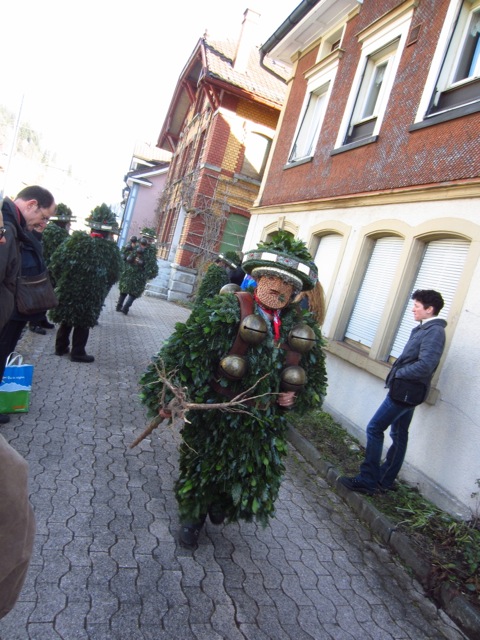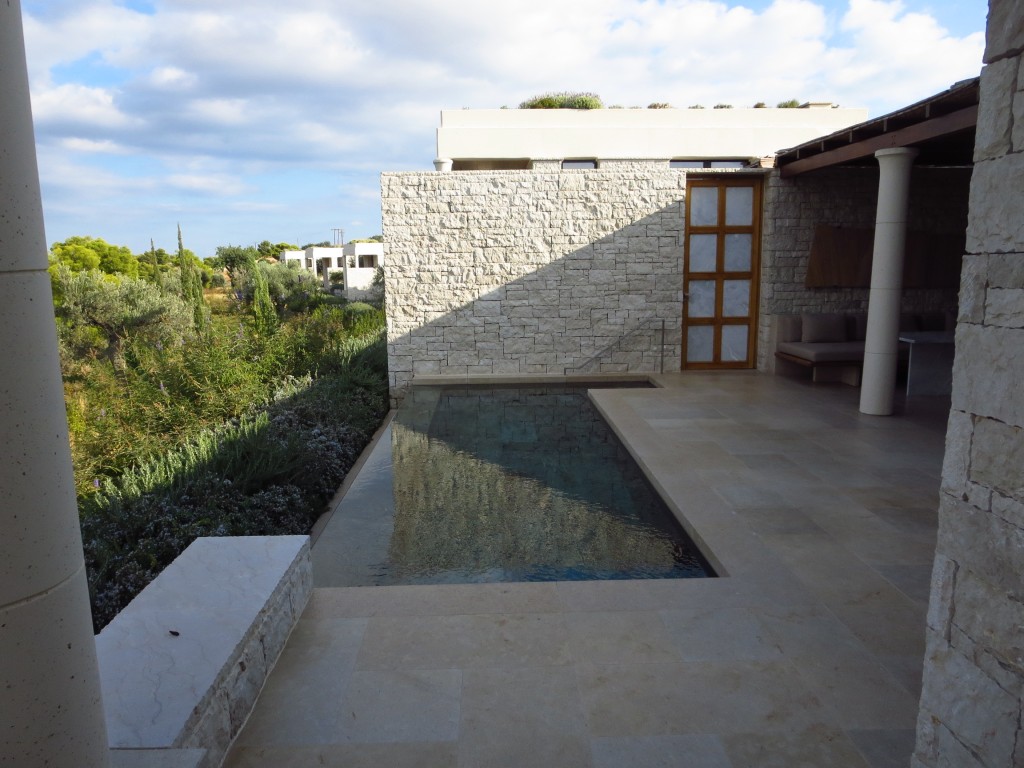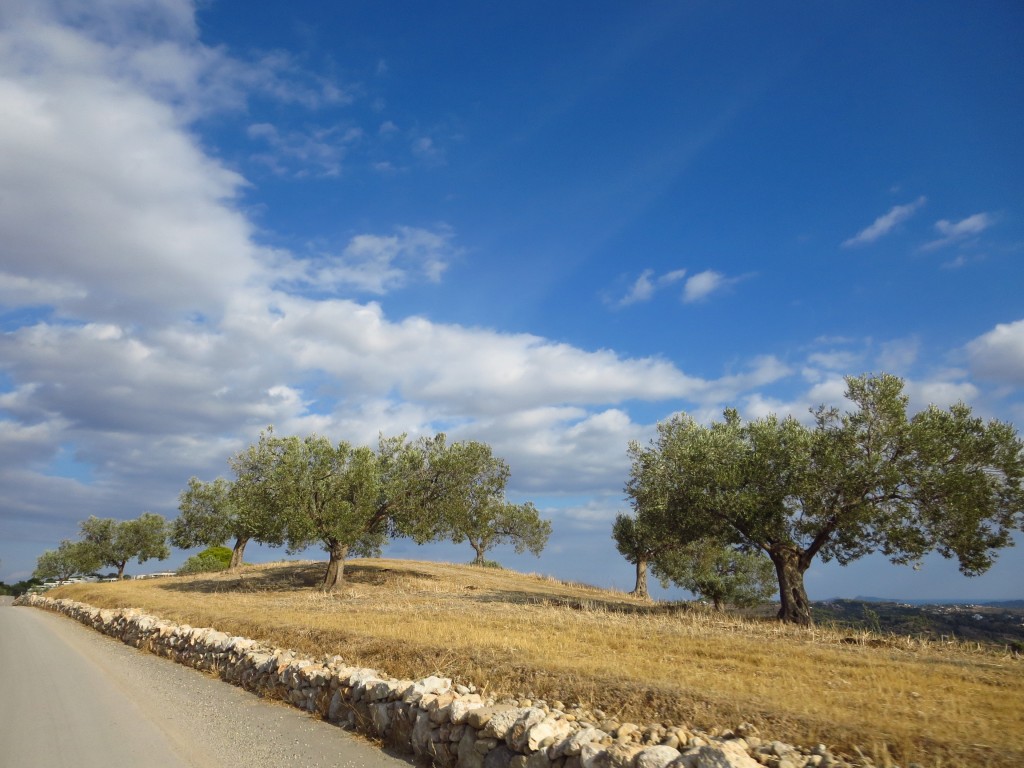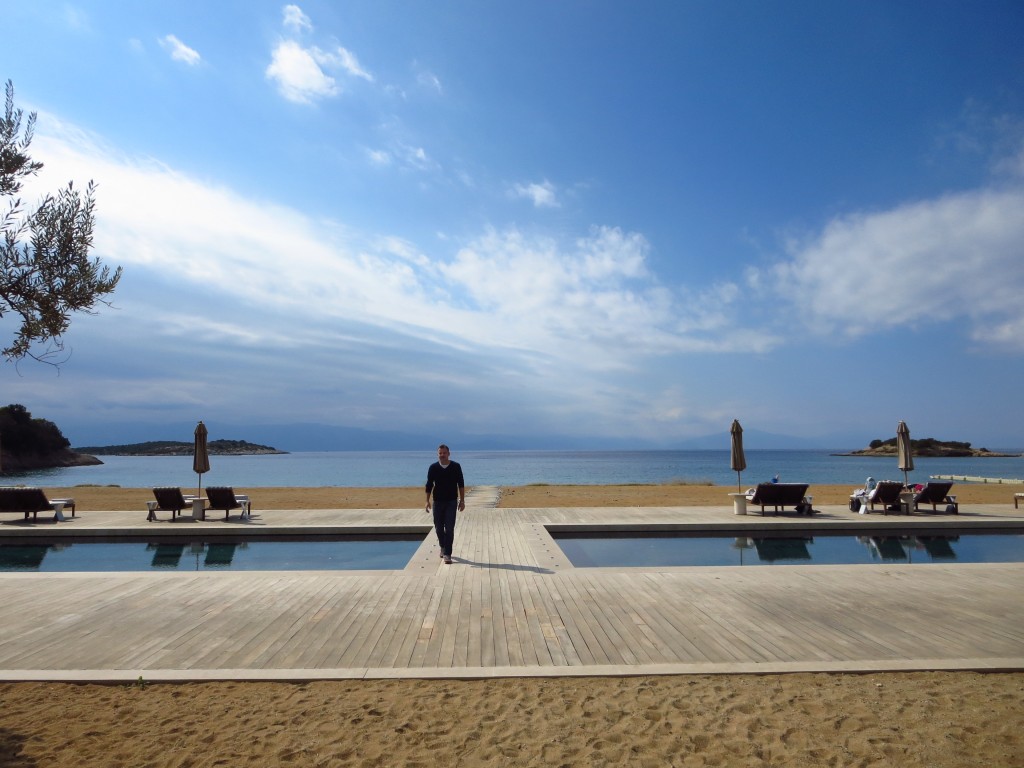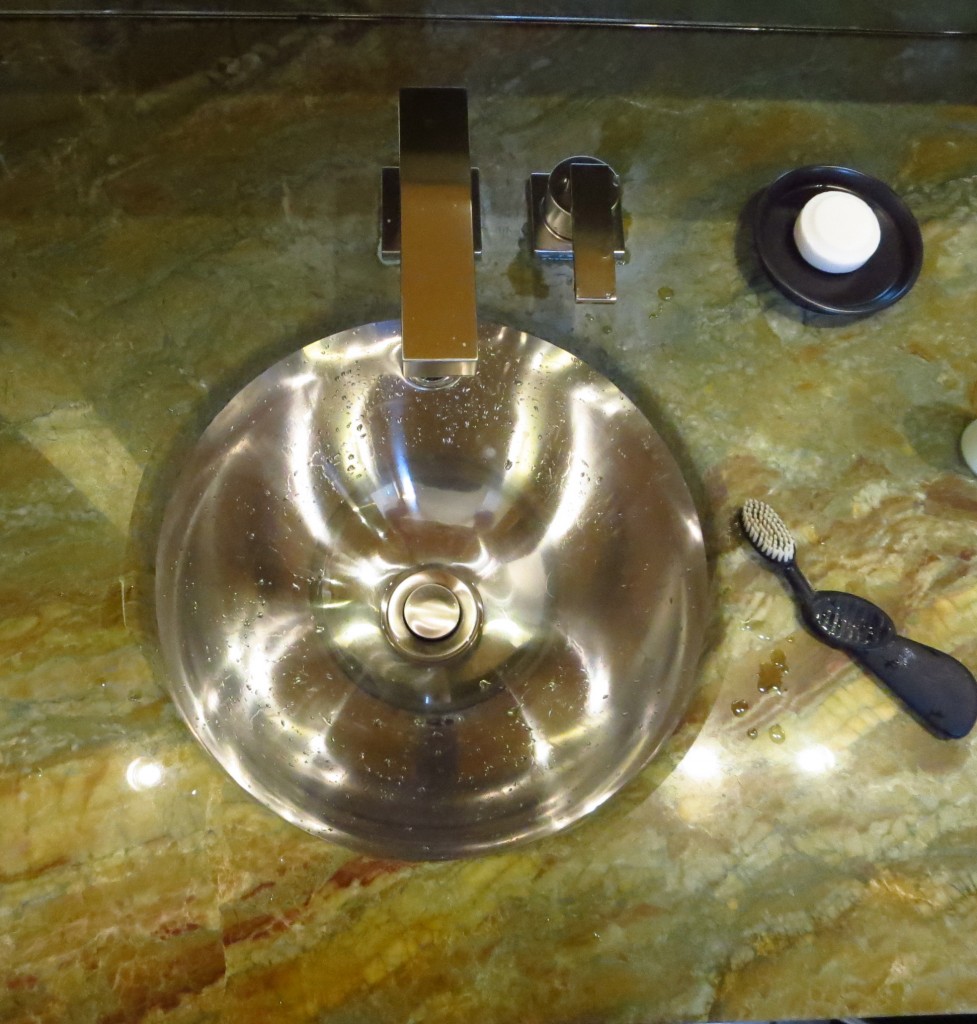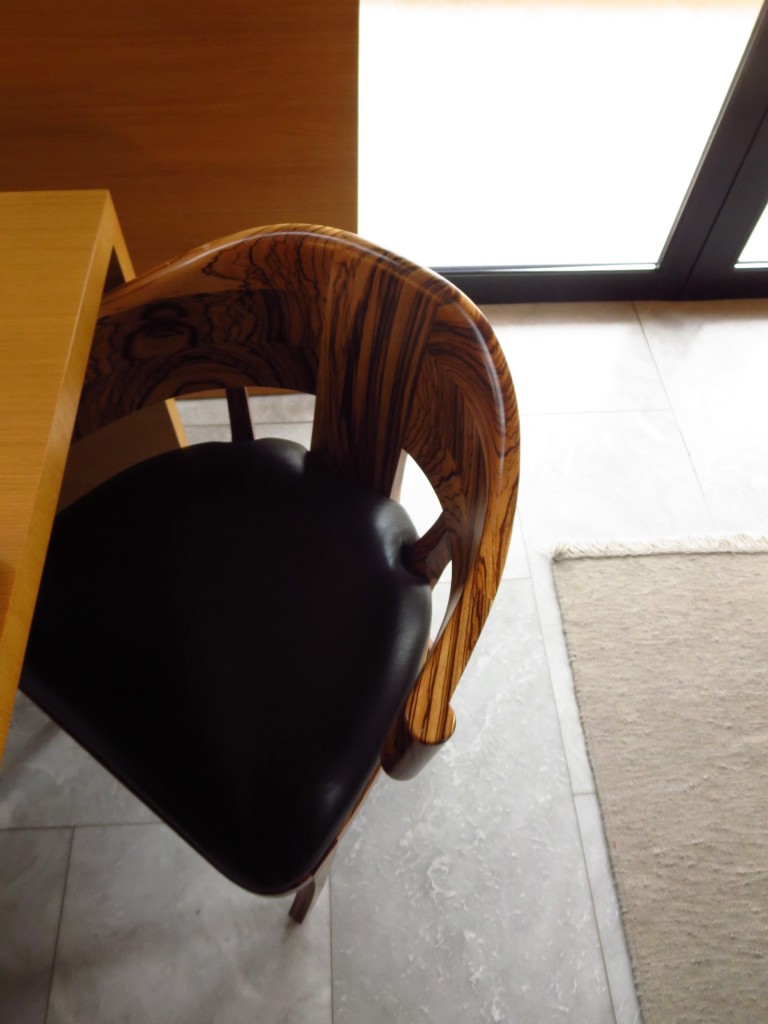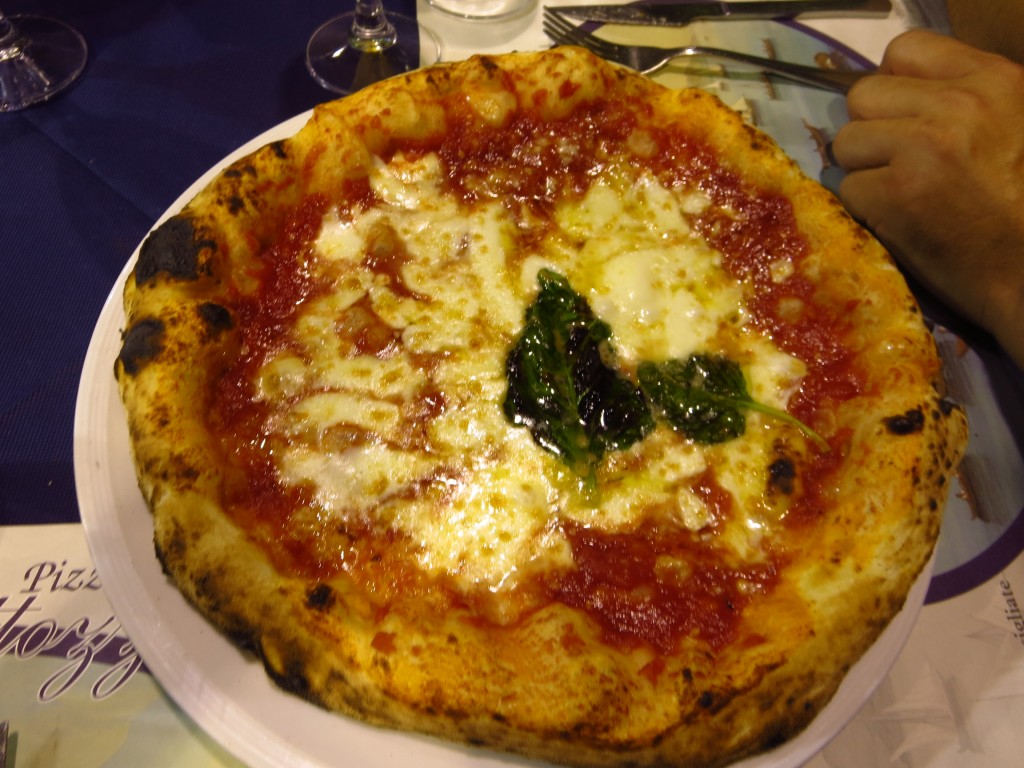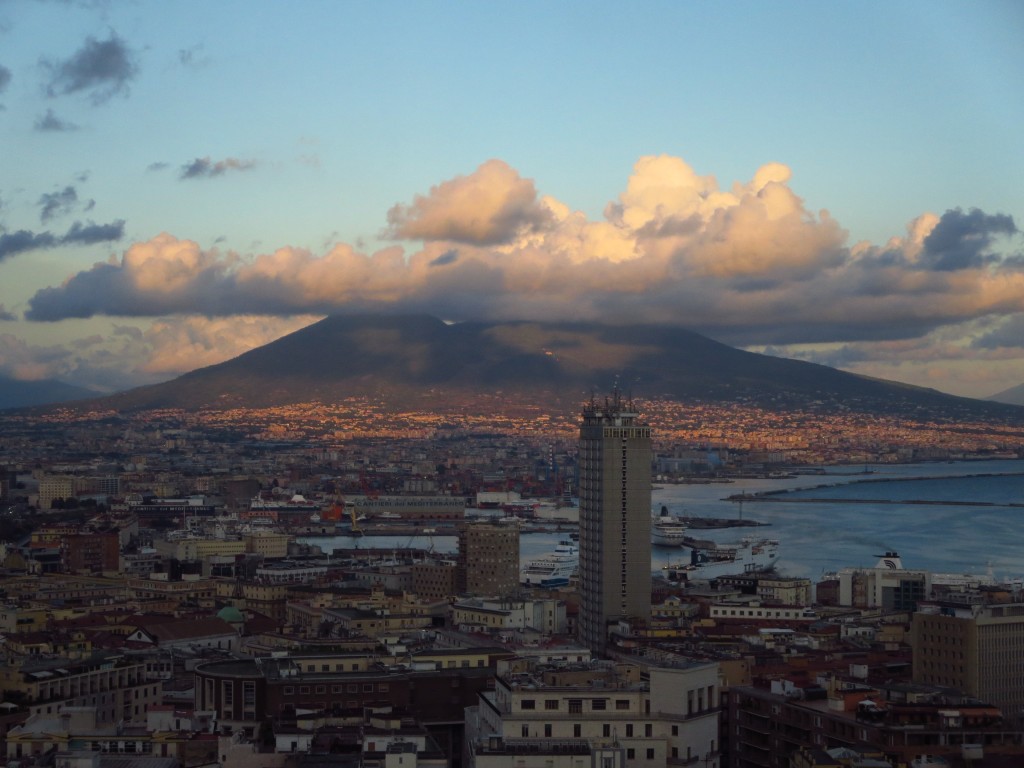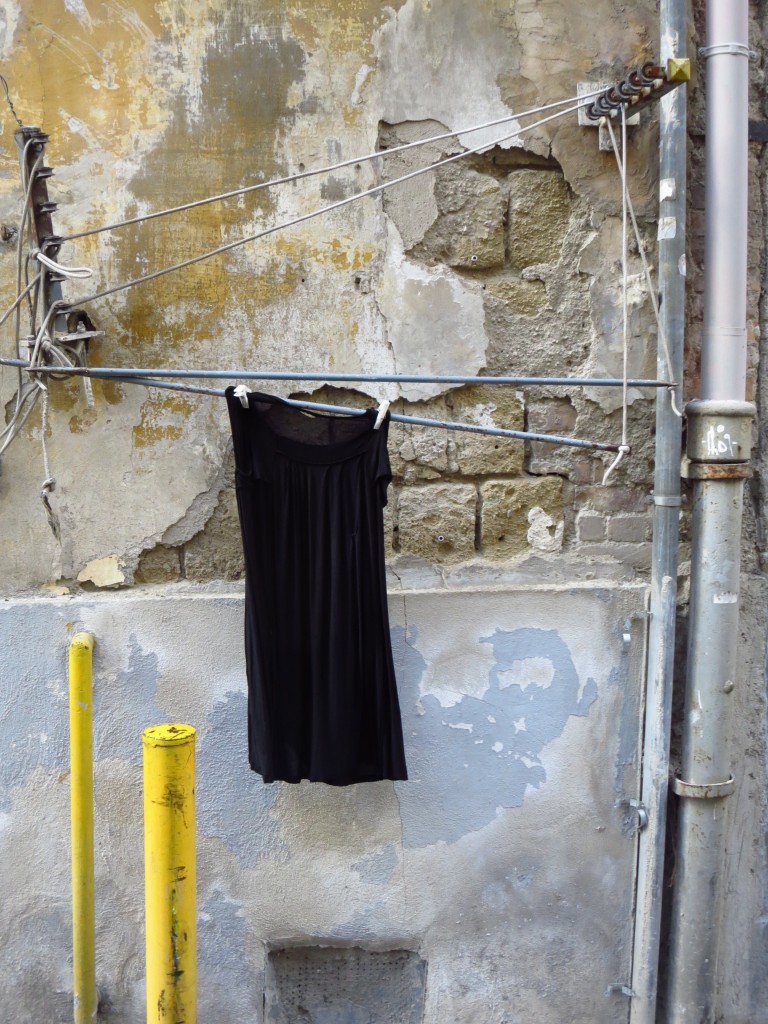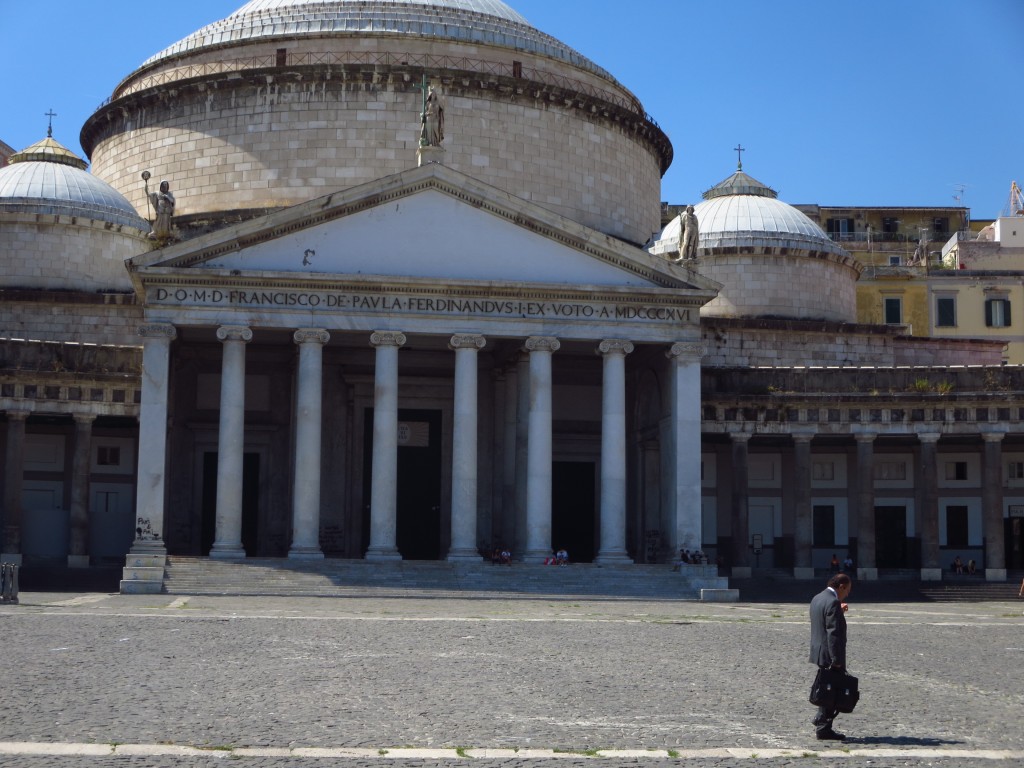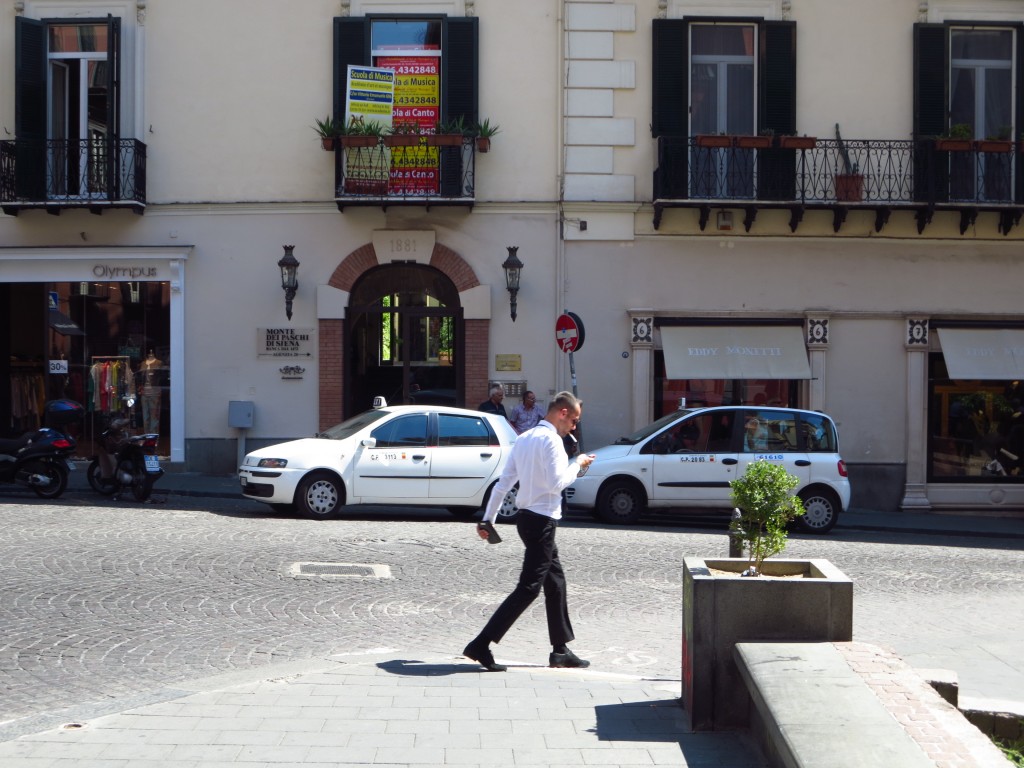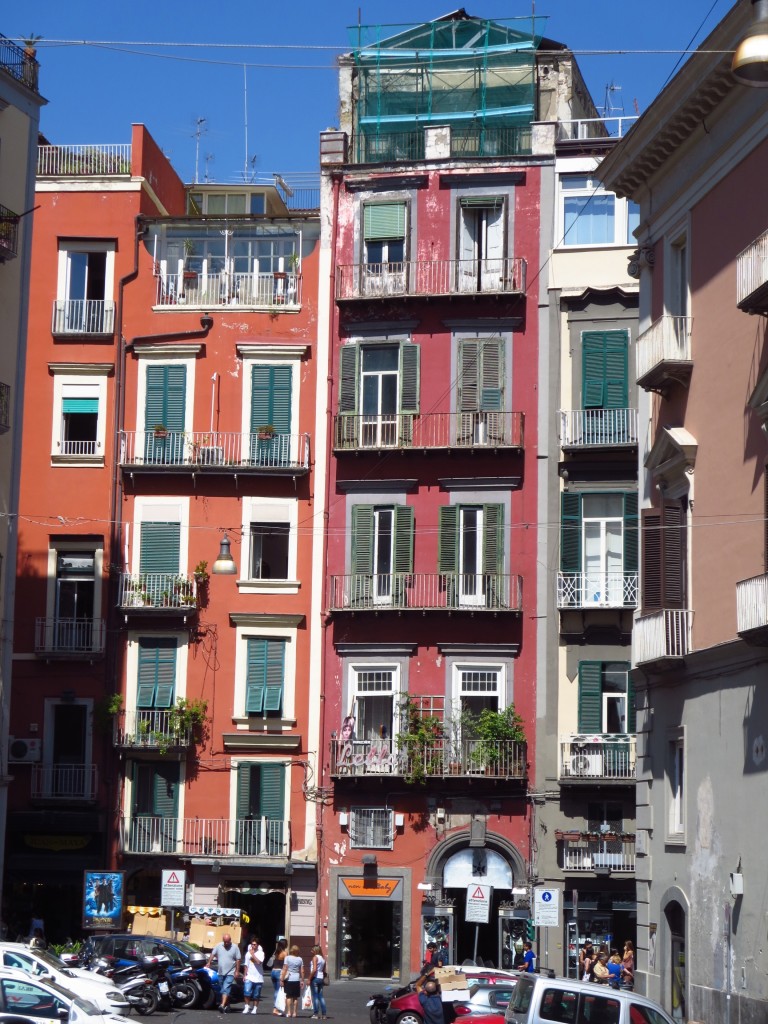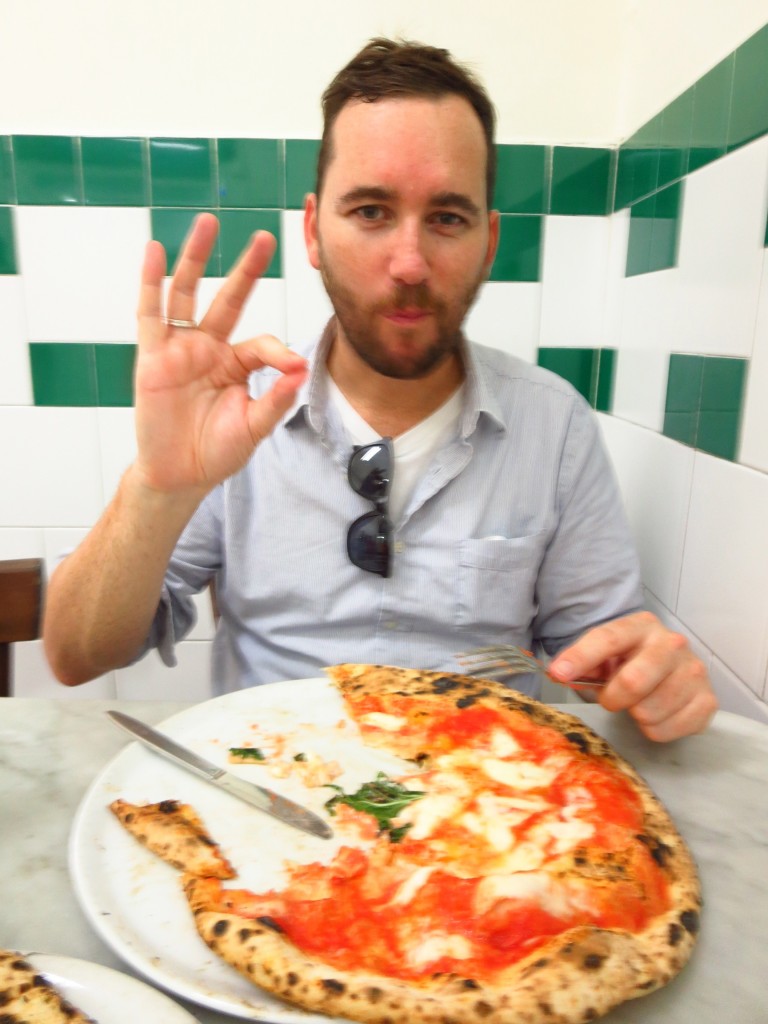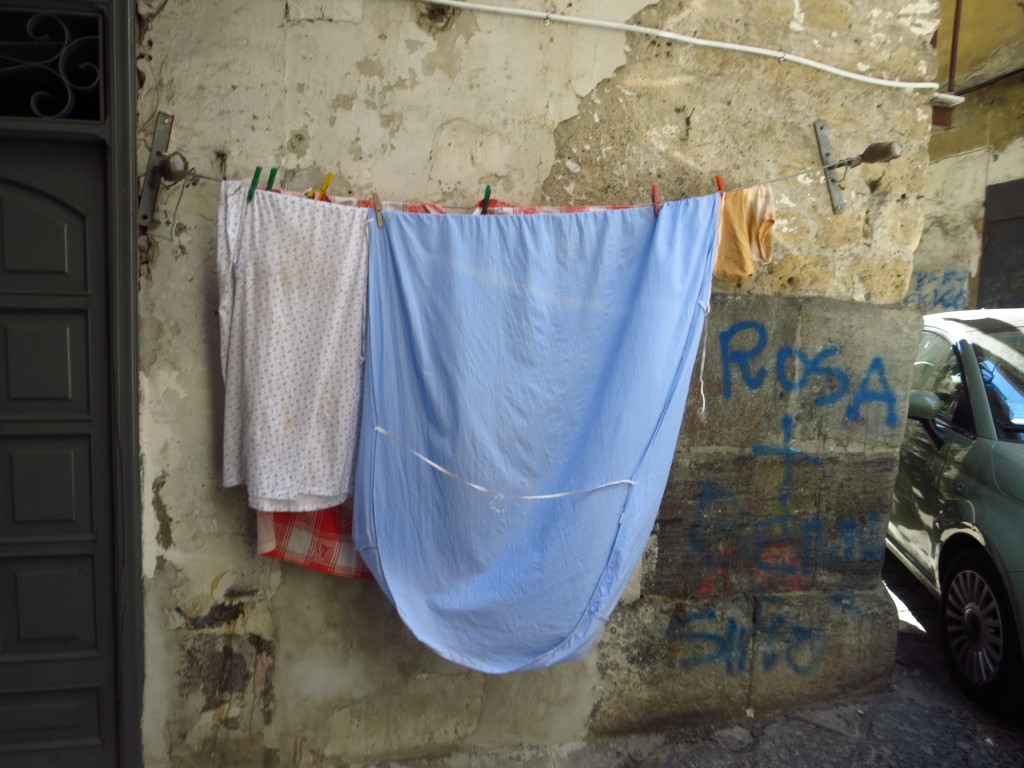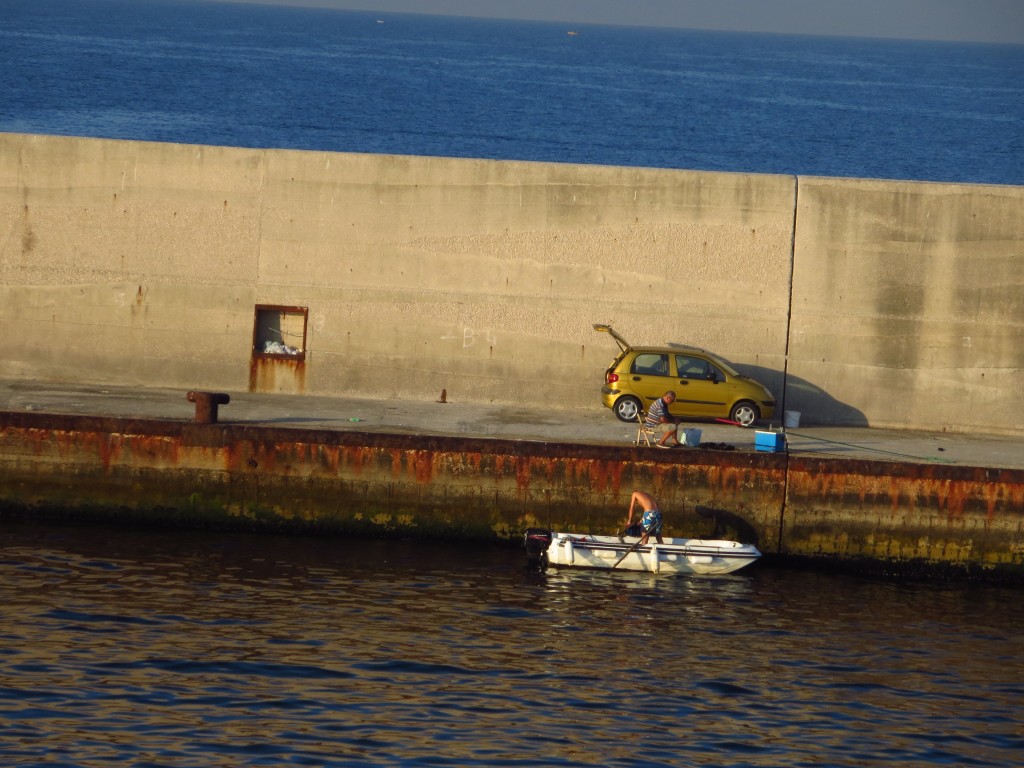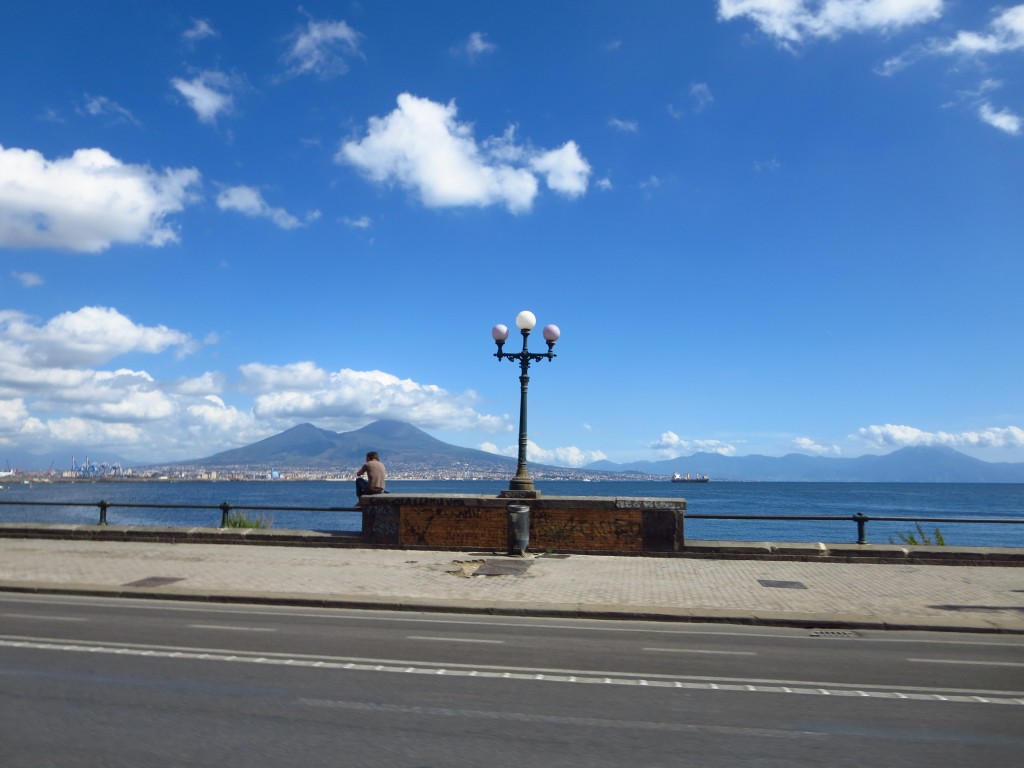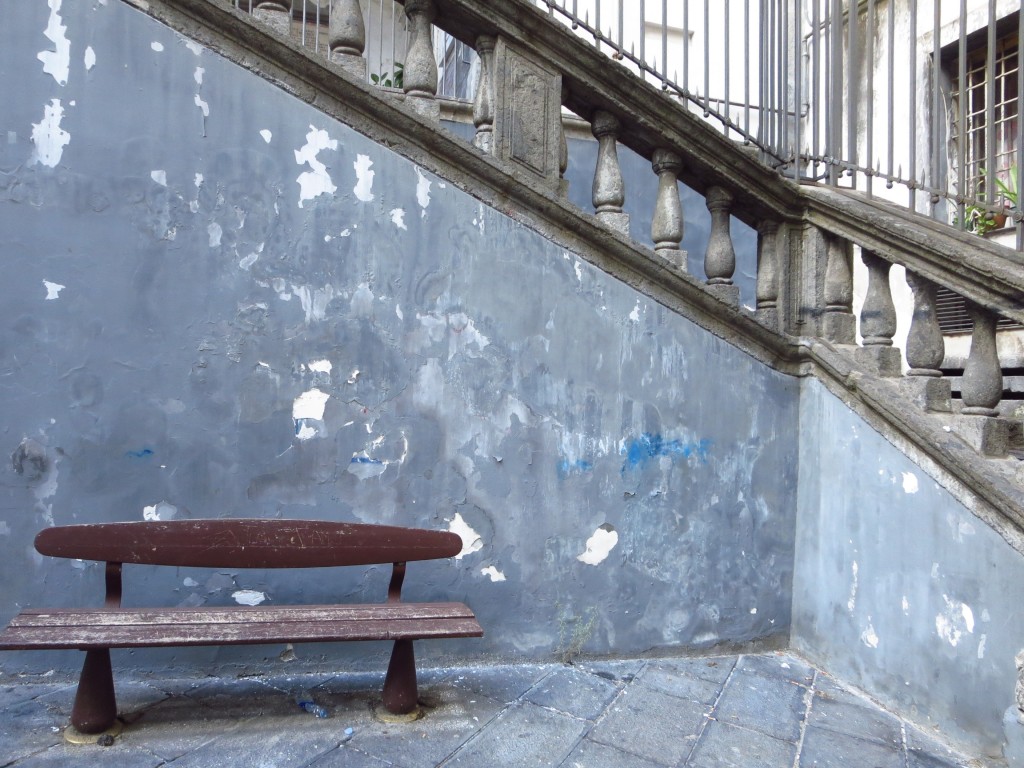Ok, first up. My Favorite Places of 2013.
Favorites Places of 2013 sounds like the kind of listicle that makes you want to punch someone. What sort of bullshit ‘aspirational travel” or “travel porn” as I used to say while on staff at a now defunct magazine, could be on such a list? But of the 76 places I traveled in 2013, these 9 destinations really touched me. So much so that I’m certain I’ll return.
I made no attempt to give this list a good “geographic distribution.” The only rule for inclusion is that it’s a destination I traveled to in 2013. But the underlying criteria for such a list—favorite places— is obviously deeply personal and subterranean. What draws us to a place is often a mystery. I have a travel writer friend Anja who is the pepper to my salt, my female counterpart. We are drawn to totally different destinations. She loves warm, earthy, wild and free-spirited places like Chile, Portugal and Bombay, while I lean towards extremely clean, orderly, type-A spots—Switzerland, Scotland and Japan. During a mini writer’s retreat in Switzerland’s remote Lower Engadine Valley, she and I met and discussed this, among other topics like travel writing privilege and ennui. But what is it that attracts us to the places we love? What makes a destination lovable? And why is it so deeply personal for each of us?
On the flip side of the coin, where do our travel dislikes come from? Travel writers are condemned for not being critical enough, but we’re downright lambasted when we reveal which destinations we dislike. Where is the line between prejudice and judiciousness? In the age of twitterbullies, P.R. schilling, buzzfeeds on overrated destinations and sensitive reactions to discussions about race and place, are we even allowed to explain why or what we don’t like about a particular destination? How does a travel writer tell the truth and maintain diplomacy? Being a somewhat rootless ex-pat has made this an especially relevant issue for me. I was born in Massachusetts, but my family moved to Florida when I was 5 years old. I left for Vermont at age 18. But to this day, people (mostly New Yorkers) love to tell me how much they hate Florida. (Often during the Trayvon Martin verdict, but never during Miami Art Basel.) Someone once said to me, “At least I’m proud of where I grew up,” as if I had some sort of control over where my parents decided to settle and my pride should be fixed to that. At the time I felt ashamed, and it hurt my feelings. But I got over it. As an American, I frequently hear non-Americans say they have no desire to ever go to USA because of how commercial it is, or because of its bad politics, or because of how stupid Americans are. Europeans are the worst offenders regarding this. “There’s already so much to see in Europe,” is a popular soft rejoinder used by the more sensitized. My own list this year is very Euro-dominated, so I can’t disagree, but I often remind them that Americans use the exact same excuse as a reason to not leave America. Another friend once told me she hated rich countries, regardless of how generous they were with their wealth. “Isn’t that the same as hating poor countries?” I wondered. To me, destinations reflect their nature and people, not their GNP or politics.
I used to get defensive and angry when people said this sort of stuff to me, but now I realize that the only people more boring and ignorant than those who tell you where they “don’t want to go” are the people who specifically tell you they don’t want to visit the place you’ve come from. Fine by me if you don’t want to ever visit America or Florida or Switzerland or Brooklyn or L.A., but unless you know me well, or you’re a fellow travel writer who makes his living weighing the pros and cons of destinations and want to engage in a little shop-talk, please spare me your preconceived ideas about a place you’ve never been to. Everyone has a right to avoid somewhere because of a bad experience, but it’s crucial that we remain open-minded and respectful about destinations we haven’t been to. There are so very many destinations I’ve been to that I deeply dislike, and like everyone, I feel a burning urge to discuss them. More often than not, I hold my tongue, because I’m not comfortable hurting people’s feelings. That said, my close friends know exactly where my least favorite places in the world are. I can’t pretend to love all destinations equally, but perhaps the real art of traveling is learning to love something about each destination you visit. Even, and maybe especially, the places you loathe.
Earlier in 2013 during a visit to Ecuador, I had a less controversial, but no less interesting conversation with my dear friend Michael, an anthropology professor in Quito. After touring the cloud forests and trekking through the jungle for Nat Geo and WSJ stories on Ecuadorian Cacao, Michael and I had a long discussion about “Cellular Memory”, which is a theory that individual cells in the body have memory, (not just the brain). This scientific hypothesis is supported by migrating birds, moths, and butterflies who rely on instinctual and physical homing instincts. The mysterious monarch butterfly, for example, migrates to the exact same sacred grove of fir trees in Santuario de Mariposa el Rosario in Michoácan, Mexico. I witnessed this natural spectacle firsthand with another friend, John in 2009, and it remains a personal travel highlight, which I wrote about for my friend Pavia’s website Fathom. What John and I learned was surprising. It’s not the same butterfly that migrates back to the fir trees every year, but rather every fifth generation. Monarchs have short lives, about two months. Come winter, the future butterfly generations make the thousand-plus mile pilgrimage to the exact same spot their ancestors journeyed.
For Michael, cellular memory was something of a mystery. Despite looking quite European (blonde and blue eyes) and having Appalachian heritage, he was strangely drawn to pre-Colombian America cultures—Mayans, Inca, and the several indigenous cultures he works with in Ecuador. For me, cellular memory explains the allure of places where our own ancestors lived, or perhaps just the places they loved. In Scotland, (which is twice on my list of Favorite Places of 2013), I get a strong sort of homing feeling. The oatmeal, haggis and Scotch agree with me. And the landscape moves me profoundly. The combination of the two feelings is restorative. I have Scotch/Irish roots, and this is the land that shaped me, literally. It’s where my genetic DNA evolved. I get this homing feeling often in the British Isles and even parts of Northern Europe where I imagine my Celtic ancestors lived and migrated through. Many Europeans roll their eyes at this, but for those of us who grew up in the New World, “returning home” remains a powerful experience.
The conversation inspired me to dig a little deeper into my roots at Family Tree DNA (FTDNA). I’d already joined Nat Geo’s National Genographic Project by submitting swabs of spit to their lab back in 2006. It was analyzed to determine my paternal migratory DNA history and I was given access to a bunch of personalized digital maps tracing my ancestors exact migratory routes from Ethiopia to Western Europe. But I recently dispatched more spit, to a lab in Texas this time, to test the maternal line. Regardless of whether you’re male or female, the maternal line of DNA is permanently locked inside our genes, while paternal DNA mutates more over generations. So though we might carry our paternal ancestor’s names, we always carry our maternal DNA. In other words, you still carry the exact same DNA as your mother’s mother’s mother’s mother’s mother. I learned this from reading Saxons, Vikings, and Celts by Bryan Sykes, which is tediously informative but helps put a warm face on the cold science of Genetic DNA. I highly recommend having your own genes tested, especially if ancestral DNA and cellular memory interest you. One glitch, FTDNA has taken an extremely long time to get back to me about my maternal DNA. I mailed off my samples in August and am still awaiting results. It’s only supposed to take a month or two, so maybe shop around for other providers. Meanwhile I’m left wondering if I’m Portuguese, as was once rumored by my Aunt Linda? Maybe I have some Cherokee or Sioux in me? Or am I Scotch/Irish on both sides, as my freckled skin and dark brow suggests? The wait’s been annoying, but admittedly exhilarating.
Regardless of who I am and what my DNA/cells might remember, I’m not only drawn to my ancestor’s lands, but also to the “other,” which factors into my list. French Polynesia, for instance, remains one of my favorite places of 2013, and all-time. Colors exist there that can’t be found elsewhere. Unlike most travelers, I’ve never loved Italy—the tourists, the chaos, the church you have to see, and pizza you must try. Italy is constant engagement. But Napoli (which is all those things amplified) was the first city in Italy I really fell in love with. Having low (or no) expectations helped, as it often does in travel. California seduced me, as it always has. This year, Santa Barbara won me over with its affordable wine and fresh local food. You don’t get avocados like just anywhere. Ralph and I dream about buying a house here some day. But to quote Robert Louis Stevenson, “I travel not to go anywhere, but to go. I travel for travel’s sake. The great affair is to move.”
Without further ado, here are my Favorite Places of 2013…
1. Appenzell, Switzerland
I rang in last New Year’s in my favorite Swiss canton, Appenzell, with Ralph and friends Nicola and her husband Shen. We attended Urnäsch’s bizarre (allegedly Pagan inspired) New Year’s festival called, Silvesterchlausen which is marked with three types of mummers (spirits)—good, ugly, and forest. Mummers are local dairy farmers dressed up in gorgeous (and all natural costumes. No plastic allowed!). At 5am, they begin to circle through the villages and mountain towns stopping occasionally to sing a sad haunting song, then mysteriously move on to the next without any public itinerary or schedule. They are fully masked the entire time, which adds to the secrecy. The mummers can be spotted on January 1 and again on January 18, which is the Julian Calendar New Year.
In 2013 I returned to Appenzell several times. It’s a slice of Switzerland that’s reminscent of Vermont, where I lived as a college student in the optimistic early 1990s when Pad Thai, internet, and Hilary Clinton were not yet household words. With a big splash of Twin Peaks. Appenzell is a step back in time. The landscape is not as alpine as central Switzerland, but green and hilly and marked by cows and big colorful broad-roofed barns. There is a strong cheese and beer culture, as it’s close to Germany, Liechtenstein and Austria. Yet it’s a world apart. Men wear earings, as they have for generations. There’s a Landsgemeinde, an open air cantonal assembly” that draws 3,000 citizens to the main square to vote by hand. Appenzeller music—Switzerland’s most plaintive—uses the zither and the yodel in haunting ways. This might explain why the suicide rate here is through the roof. (Switzerland’s highest concentration.) Last year Appenzell was home to one of my best meals—the (Käserahmsuppe) cheese soup, $7 and Käsekuchen (cheese pie), at Schaukaserei in Stein. Heaven! And my picture of Ebenalp’s fantastic cliff-hugging Bergasthaus Aescher got more likes on Facebook than any other travel picture of mine. But be forewarned, sleeping here is a lesson in massenlager, a terrible German invention lining-up beds side by side so that up to 20+ guests can share one room. (How can the country that invented separate duvets also invent this hideous system of sleep?) Beds at the guesthouse start at $45, and there are no showers, but it includes a hearty cheese and meat breakfast. The guesthouse is only reachable by foot (20-minutes from cable car) and built in the early 1800’s directly into the cliff. Sunsets from it are sublime. Here you can see some spectacular alpenglühen and nabelmeers (fog seas) in the autumn.
Appenzell might not boast 40-plus 4000-meter peaks, as the ski-friendly Valais does. It doesn’t offer the highest quality of life, like Zürich. There is no iconic Matterhorn to satiate tourists and it lacks the luxury hotels of St. Mortiz and Gstaad, but it’s definitely a place to go to understand an off-the-path slice of Switzerland. And every traveler should do that a little bit more.![]()
![]()
![]()
![]()
![]()
![]()
![]()
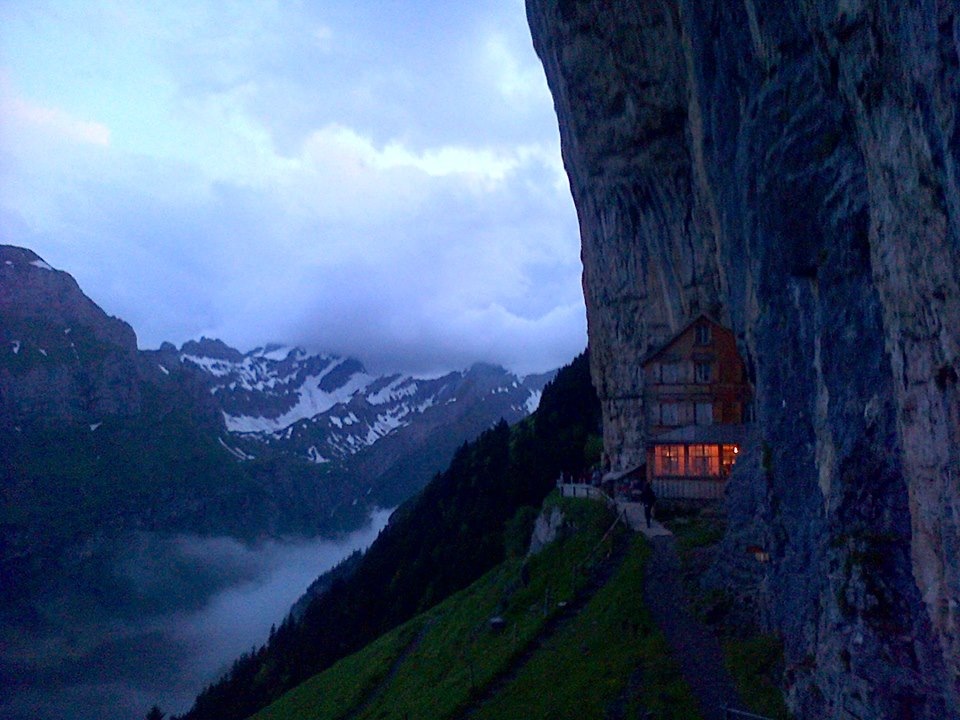
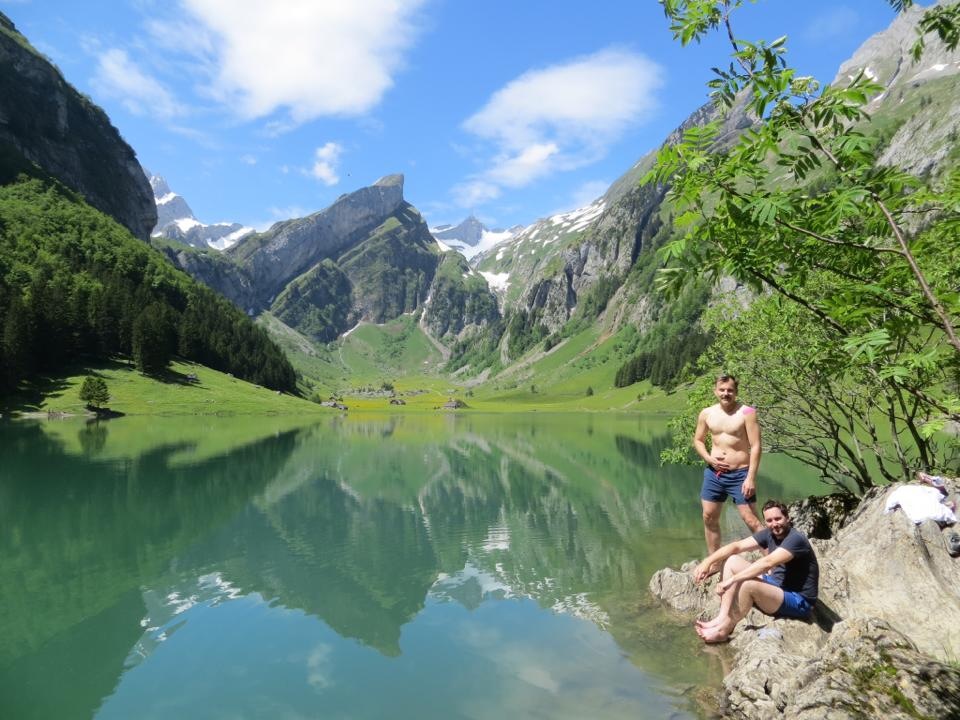
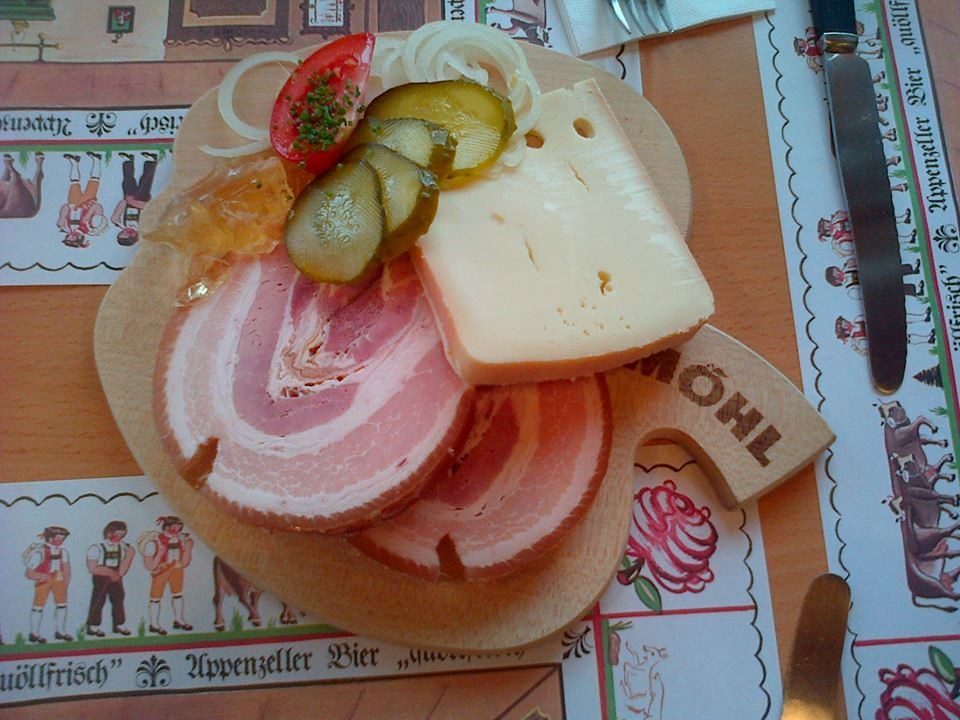
2. Amanzo’e, Greece
Sometimes hotels are the destination. This was a hard lesson for me. I believed that one should always get off the property to explore the culture. Now, in my 40s, I disagree. Hotels can be fine destinations in and of themselves. One need not try every type of local cuisine, visit every museum, and chat with locals in order to experience a destination. There’s something to be said about relaxing on property and communing with yourself and your partner and maybe even the surrounding birds and plants. No property moved me more in 2013 than Amanzo’e, which was by turns time travel and luxurious Greek cocoon.
Neoclassical architecture doesn’t get me very excited. I recall all those dreadfully boring monuments in Washington, D.C. But Amanzo’e, designed by the great Ed Tuttle (Aman’s sort of Ghost Architect who eschews all publicity) is nestled (yes, I said nestled) atop a hill near Porto Heli on the Peloponnese coast. It’s a modernist temple of Mediterranean tranquility, three hours drive from Athens. The serene resort is surrounded by vineyards, olive groves, pine forests and ancient sites like the Temple of Hera and Avgo’s St. Dimitrios Monastery. It’s become a favorite of architects, among them my Swiss architect husband Ralph who particularly loved the plunge pools and library. But it’s also a favorite of design-minded travelers who come to shut out the exterior world, like we did during our incomparable 3-night October stay. I’ve stayed at seven Amans. I adore the brand. But Amanzoe (alongside Amangiri) are my favorites. I also had a fine-tuned watsu massage (underwater) with Steve Karle that was among the best treatments I’ve ever had.
Aman’s service is unobtrusive. There are no cloying hotel soundtracks, cheesy welcome amenities like stuffed animals, iPads, or flower arrangements in sustainable wood vases whittled by handicapped local villagers. Amanzo’e is clean and clutter-free.There are no claims to save the world. It also makes no promise to be anything but a hotel. It’s not aiming to be an eco-resort, a Design Hotel, or offer “barefoot luxury” an over-marketed buzzword I’m dubious of. Amans are what you want them to be. They are intricately sculpted shells, and invite the guest to appreciate their simplicity, integrity and grace. They require an education, but they give one too.
The luxury hotel sector is a cluttered market. They are desperate to please guests with bells and whistles, but thankfully Amans remain about discovery and the creative teams behind them opted for the blue ocean instead of the red ocean. Aman founder and CEO Adrian Zecha gets a big A+ from me for sticking to his game.
3. Napoli
Second helpings are the true test of a destination. Naples. Yes, please! Filthy, third-world, corrupt, loud, smelly, busted, broke and belligerent, but filled with some of Europe’s best food. Napoli is a love letter to the scrappy determination of cities. Its influence on New York City is immediately evident on arrival—cracked walls scream with graffiti, trash occupies every corner, and laundry hangs from the endless sea of fire-escape balconies. The nitty gritty details are indeed gritty. But the overall image is an elegant patchwork making a modern and vibrant city worth exploring, not just during your Amalfi vacation, but instead of your Amalfi vacation. Sure, there are cabbies who will try to rip you off, as mine did in September while grinning at me in the rear view mirror; the traffic is utterly chaotic; and there are two-hour queues for 5 Euro pizza, among the best I’ve ever had, which is a lot for a New Yorker to admit. (Sorry Artichoke Pizza!) But ultimately, ramshackle Napoli is a step away from the awful American tourists who plague Italy and the Amalfi Coast. This is a subject I will expand upon in my Biggest Travel Disappointments of 2013.
I loved the patina of Napoli. The sudden random views of Vesuvius from a laundry strewn back-alley kitchen. The blue sky and way the Neapolitans dress and eat and talk and smoke and look at each other. The gestures….oh the gestures! This fun NYT article captures some of those. I could go on and on about Napoli, but think Lawrence Osborne nailed it in this recent CNT article on the city. Instead of trying to outdo him, I will let my Napoli photos do the talking since they ones used in his story…well…uh…sucked. It’s like they forced it to resemble some sort of bleached out Amalfi golf course. Love it or hate it, those who’ve been to Napoli know that it’s anything but bland.
4. Santa Barbara, California
One of the many things I learned about living in L.A. for a year in 2008 is that L.A. has much better food than New York City. I don’t state this as opinion. It’s a fact, people. Anyone who claims that NYC has better food is being paid to say so and/or hasn’t been to the right L.A. restaurants. NYC just has louder food. In L.A., the food is fresh. It’s grown right there in the world’s seventh largest agricultural economy. The humble avocado is the litmus test. They arrive on your plate a shade of green that you won’t find in Manhattan.
This year, I discovered that Santa Barbara has better food than L.A. Angelinos love to make fun of Santa Barbara. But I never got why. I always secretly loved it there. It’s sunny, has incredible food, (possibly the west coast’s best), a car-free culture, a wine funk zone, and a lack of actors and d-bag Hollywood types. What’s to hate? I lived in NYC for a decade and Los Angeles for a year. They’re both great places with excellent food. But now, I’m coming out. It’s no longer a secret. Santa Barbara does it better.
You can read about my favorite SB restaurants in an forthcoming NYT story, or in my story American Riviera Renaissance that I wrote for Four Seasons magazine. But if I had to pull one restaurant from the list, it would be the Shop Café—“There wasn’t a single menu item I didn’t want to try at Shop Café, a casual go-to that opened in December 2012 and serves up fantastic slow food, fast and cheap. I tried many and loved each. Some highlights include juicy tri tips smothered in wasabi creme fraiche, melted onion marmalade, cheddar, and romaine and piled atop toasted ciabatta; the “mac on crack” topped with crumbled gorgonzola, pecans, apple and bacon; crunchy buttermilk-fried chicken on crumbly biscuits; and the signature Rolex—popular Ugandan street food made with egg and tomato wrapped in a chapatti—inspired by co-owner Chris Vigilante’s trip there.
Not Bora Bora, not the remote vanilla lined island of Raiatea and not Tahaa. Tahiti, French Polynesia’s main island is vastly underrated. Most visitors fly into Papetee and venture on afield, but they miss the most modern, urban and contrasting part of French Polynesia where hipster skaters, raw tuna-hawking Roulettes, women with plastic flowers in their hair, and wind bent palms paint a picture Gaugin would salivate over. See also My Best Meals of 2013.
You haven’t seen all the colors of the world until you’ve been to French Polynesia. Color takes on new meaning in the chain of 118 islands that scatter from Manuae to Mangaravea, covering the size of Europe over the placid and sapphire South Pacific. The ocean may be famously “gin-clear”, but it’s home to a flamboyant universe of creatures you’ll see during casual offshore snorkels. The sky is a million shades of color from bruised peach to smudged ink. And a lush green flora seals it all together. Credit for this work of art goes to the ancient god Ta’aroa, who, according to Polynesian creation myth, made the rocks, sand and mountains from the shell he came from, filled the rivers and oceans with his tears and painted the rainbow with his blood. To put it in more modern words of a friend who recently visited, “I felt like I woke up in a screensaver.”
Many visitors to French Polynesia make the mistake of spending 14-hours flying to Papeete, the capital of Tahiti island and home to its international airport, then promptly departing to overwater-bungalows on islands like Bora Bora, Moorea, and Raiatea. This contrarian circuit was established by Gauguin when he returned to Papeete for a second visit in 1891 and beelined for the Marquesas claiming that European influence had destroyed Tahiti’s charm. But the main island of Tahiti is no shrinking violet. It’s full of charm, both in the city of Papeete and in its remote and fragrant corners where the infinity of colors can be yours for a fraction of the price you’ll pay in other French Polynesia destinations.
6. Shetland, Scotland
The least Scottish part of Scotland, in some ways. The blustery Atlantic chains of islands shares a deep connection to Scandinavia as evidenced by the sing-songy accent spoken there. I spend four nights in Lerwick, a fiddle destination, but also a fantastic place to wander neolithic ruins, explore the sloping hills, birdwatch, eat cod, and clear my mind. I think my photos captured Shetland particularly well, so will let them do the talking.
7. Offen Pass/Monastery Valley from Italy to Switzerland
They say it’s the journey not the destination. I dispute this a lot, but there’s always one particular journey I make, often by car, that has a deep long lasting affect on me. This year it was a return 4-hour road trip from Süd Tirol’s bulbous Dolomites to Zürich via the scenic Offen Pass and Monastery Valley that connect Switzerland to Italy. I did the drive with my husband after visiting some relatives in Suiss Alp.
The first highlight of the return was stopping in an Italian grocery before coming home. We pillaged Merano’s CC Amort grocery store, bagging some smoked ricotta, wine, speck, squash blossoms, jogurt butter, peaches, plums, amazing strawberries and lots and lots of dried beans and seeds, chestnut flour, mulberry mustard and artichoke pesto. I’m seldom as happy as I am when I’m in a car full of wonderful groceries. But then driving home, Ralph and I discovered what seemed like a secret forgotten mountain pass in Glorenz and the Monastery Valley. It was insanely picturesque, replete with Alpine monasteries and wildflower strewn meadows. The pass was somewhat abandoned after a Car/Passenger train was built to cross the same valley, diverting road traffic onto the train. We ascended up the 2,500 meter high Offen Pass, which slowly and gracefully winds down to the rugged, rocky, green and gorgeous Lower Engadine Valley in Switzerland, bypassing ancient walls, Celtic walking routes, cows, daring bicyclists and an eerie and pleasant European emptiness that could only be found atop these mountains.
I’m no stranger to Swiss mountain passes. I’ve written about hiking and biking them for the NYT, the WSJ, Newsday, Four Seasons magazine and a forthcoming article about Canton Uri on BBC Travel. But none of those passes were as remarkable as the Offen, where the evening August light was so delicate it felt like it might shatter into a million pieces. This was also my first glimpse of the Lower Engadine, more rugged and beautiful than the Upper Engadine. This is home to Switzerland’s National Park, celebrating its 100th birthday next year, and where forests are untouched and entirely unmanaged. Not easy to find in Europe. (See my Where to Go in 2014)
8. Glasgow
You don’t get a chance to write about what’s not new in a city, but my fantastic NYT editor wanted just that for Glasgow after I pitched her a contrarian idea involving the consequences of Scottish starchitecture in a city know for its rough and tumble. I love Glasgow. I traveled there twice in 2013 and could easily go back for an extended stay. For those who’ve only been to Edinburgh, Glasgow is quite opposite. While there, I met one of my favorite musicians, Stuart Murdoch, lead singer of Belle and Sebastian who talked about his upcoming film Gold Help The Girl and discovering Old Glasgow which got me thinking about cities and what’s cool about them. An old quote I used in a story once is: “What is ‘cool’ in a city tends to be something that has remained unnoticed, right in front of you, that has an authentic life of its own, and not the hip new hotness that invariably vanishes as fast as it appeared.” Stephan Crasneanscki, founder of Soundwalk Audio Guide company. Stephen is spot on. 99.9% of travel writing feeds directly into multi billion dollar tourism development plans and invested in by right wing banking executives and corporate evils that continue to make the rich richer. Sometimes, I’m tired of chasing new luxury hotels, starchitecture museums, and development projects that claim to add new life. I will always have to chase these stories a little, as travel magazines are fed by travel news, but I think magazines should take a good long hard look at their business models and try to find other ways to monetize travel writing.
Glasgow is the epicenter of unnoticed. It’s been Scotland’s stepchild for centuries, yet it’s home to a funny sort of inbred culture (in the good way) that is introspective and localized. It’s music scene gets lots of play, but the city itself, its restaurants, bars, museums and parks, are vastly underrated. It feels as if most Glaswegians have no idea what the appeal of their city might be.
Also, my cellular memory kicks in hardcore in Glasgow. I have no historical record of any ancestor living there, but there’s something quite familiar about its customs. See also my Best Meals of 2013, and Where to Go in 2014.
9. Paris
I’ve been to Paris 20 some odd times. I visited three times in 2013. During those visits, I enjoyed art—exhibits on street art, Coco Chanel and Ron Mueck but it was not they year’s best art (see my Departures and Four Seasons articles on Art Basel). I ate great meals— raspberry-Ispahan rosewater croissants at Pierre Hermé, and fresh shucked oysters at Le Baron Rouge— but they were not among my best meals of 2013. (Ralph even mistakenly ordered a veal head one night at Le Bon Bock after seeing the Postal Service concert. Where else but Paris…) And I stayed at fabulous new hotels, which were the best. Two Parisian hotels stood out in 2013: Le Royal Monceau Raffles Paris and Hotel de Nell, a member of the Design Hotels. But the latter was a real underated favorite. (See Best Hotels on 2013)
But what Paris does best is mood. To quote an old ex-boyfriend, “The city is a tableaux.” Paris is a series of moods interconnected through architecture. Walking its streets and neighborhoods and plazas is like being in a wonderfully cinematic movie, one you watch repeatedly over the course of your life, each time discovering new things.
It’s a bit of a cliché for an American to love Paris so much. But I like to think I love it for different reasons. Paris satiates my craving for New York. Few cities in the world have the sheer diversity of people, and Paris (along with London, Hong Kong and New York) offers this flavor. What still surprises me is that most tourists who come (even most European tourists) stick to La Tour Eiffal, Champs-Élysées, and maybe venture into a few neighborhoods like the Marais, Canal St Martin, and Montmartre. But if you’re not going to other parts of Paris, La Butte aux Caille, the African Goutte D’or in the 18th, Marche Charonne straddling the 11th and 20th, you’re really missing out on what the city has to offer as a whole. Going to Paris for classic French food is like going to New York City for a turkey dinner. The various cultural and culinary hybrids, fusions, and mash-ups are infinitely more interesting and unique to this city. Paris is not solely about fashion, food, or art. Paris is about authentic expression, and those who follow a beaten path to its written-about bistros and neighborhoods are doomed to play supporting roles on the small screen instead of living immortally in the rich celluloid.
I can never seem to capture Paris on film without feeling like some Rosseau-postcard loving college sophomore. Or maybe I’ve exhausted my inner Parisian flâneur. Or perhaps Paris is better experienced in real life, not through a lens, so I’m more keen to put down my Cannon. Most cities are better in abstract form, but Paris is delicious realism. And after all these visits, the charm and earthiness of the city continue to move me.

